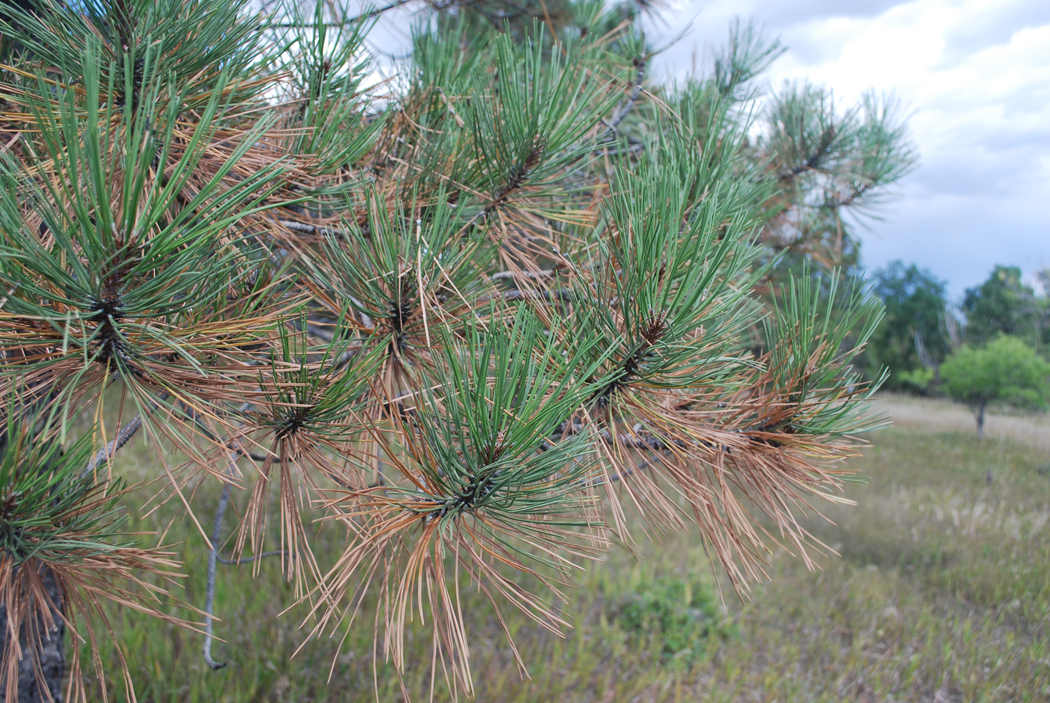Dying, off-color pine needles normal in autumn

ALAMOSA — Although thousands of evergreen trees in the San Luis Valley and surrounding mountains are beginning to display dying yellow or brown needles, most are simply going through a natural shedding process – and are not infested by bark beetles or tree disease.
Colorado evergreens shed their older, interior needles as part of an annual growth cycle. Needles on the lower portions of the crown or closest to the trunk are most commonly shed, but trees stressed due to drought or root damage may shed more needles to keep the tree in balance with its root system. Soon-to-be shed needles typically turn yellow first, then a gold or reddish-brown color before dropping off.
In the Colorado State Forest Service Alamosa District, which serves the San Luis Valley and includes Alamosa, Conejos, Costilla, Mineral, Rio Grande and Saguache counties, ponderosa pines are the tree species that most commonly shed needles in September and October. However, within towns and communities Austrian as well as ponderosa pines may be visibly impacted, and other higher-elevation conifer trees, such as spruce and fir, also will experience needle drop in the fall.
Evergreen trees that shed fall needles have a different appearance than trees infested by bark beetles. The needles on a beetle-infested tree typically change color throughout the entire tree, initially starting with an off-shade of green and turning to yellow or reddish-orange by the following summer. In addition to changing needle color, bark beetle-infested trees will show other signs of attack, such as fine sawdust at the base of the tree and popcorn-shaped masses of resin on the trunk.
This fall needle drop is frequently mislabeled as “needle cast,” but the term actually refers to a fungal disease of spruce and fir trees.
For more information about tree and forest health, contact the CSFS Alamosa District at 719-587-0915 or visit www.csfs.colostate.edu.
Caption: Although thousands of evergreen trees are beginning to display dying yellow, gold or brown needles, most are simply going through a natural shedding process. Photo courtesy of CSFS



